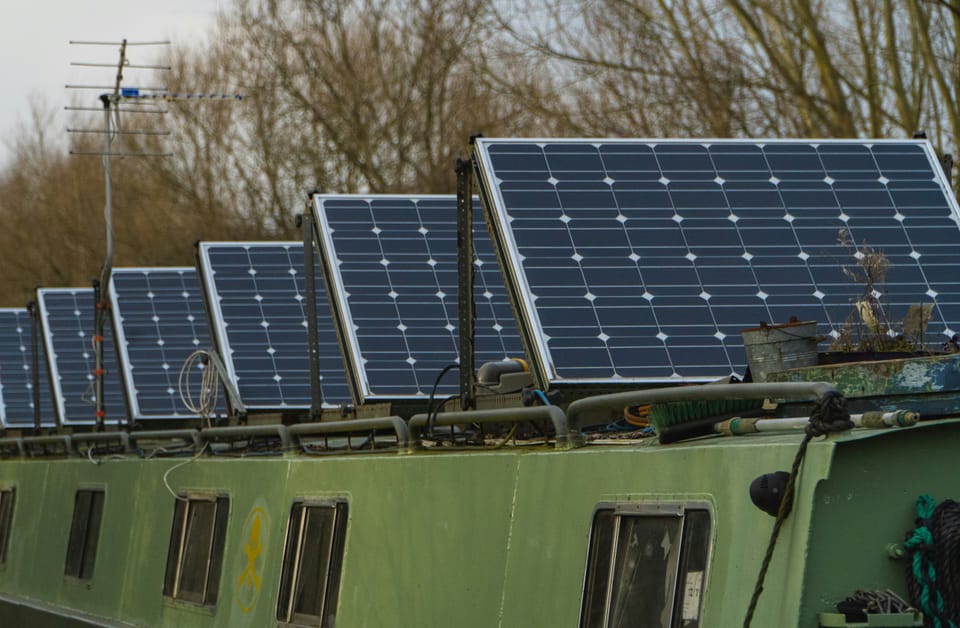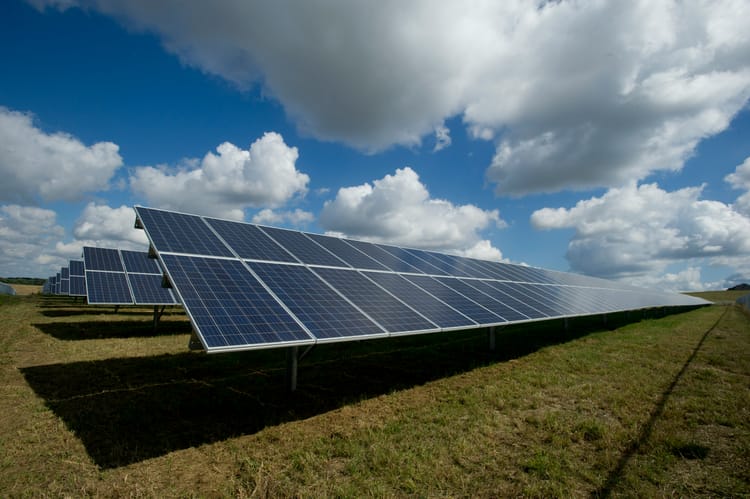Renewable targets and SDG-aligned policies could save the energy sector US$20tn
"We must choose to embed renewable ambition into climate plans linked to inclusive development policies.”

Renewable energy targets coupled with policies aligned with the Sustainable Development Goals (SDGs) could unlock more than US$20 trillion of savings for the energy sector, according to a new report.
The study, conducted by the United Nations Development Programme (UNDP), University of Denver’s Pardee Institute and Octopus Energy, has found that time-bound renewable energy targets backed by coherent policies and financing mechanisms would dramatically cut emissions, boost economies and lift 193 million people around the world out of extreme poverty.







